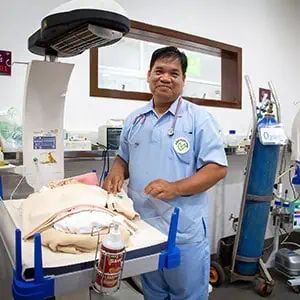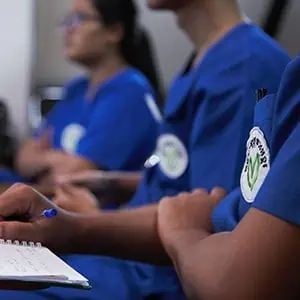In today’s modern medical world, a cleft lip-palate can be easily treated and repaired. Treatment begins immediately from birth, from a range of specialists, who make enormous progress to repair a cleft throughout a child’s first years, ensuring minimal impact to their appearance, speech and growth later in life. However, the same cannot be said for those children born in low-resource countries, who do not have access to such medical treatment, and are often born into communities that hold superstitious beliefs and misconceptions about a cleft lip-palate. These children, like baby Narith, face a much different reality in life.
Punishment for violating a religious law, the mother walking in the hot sun or late at night, or having eaten rabbit meat while pregnant, are some of the beliefs held by different cultures, religions, and communities around the world as to the cause of a cleft lip-palate. In India, some believe a solar eclipse, or an inauspicious day like that of a new moon, can cause a baby to be born with a cleft (1). In rural Madagascar, a cleft could be the result of crossing an axe forgotten on the ground, crushing a pumpkin during pregnancy, or tearing a yam or some other leaves during pregnancy (2).
Cambodians have similar beliefs seen in other parts of the world. They believe a cleft to be an act of god, a retribution for sins of a past life or a curse placed on the family. “We have heard many different superstitious ideas from families who visit the hospital”,recalls Dim Sophearin, the Chief of AHC’s Medical Social Work unit. “When we ask questions they usually say the cause could not be questioned because it was caused by the will of God.” For many years, his team has been working in rural Cambodian communities, challenging these traditional beliefs, and promoting the need for proven medical treatment. Watch this video to learn more on AHCs approach to child abandonment cases.
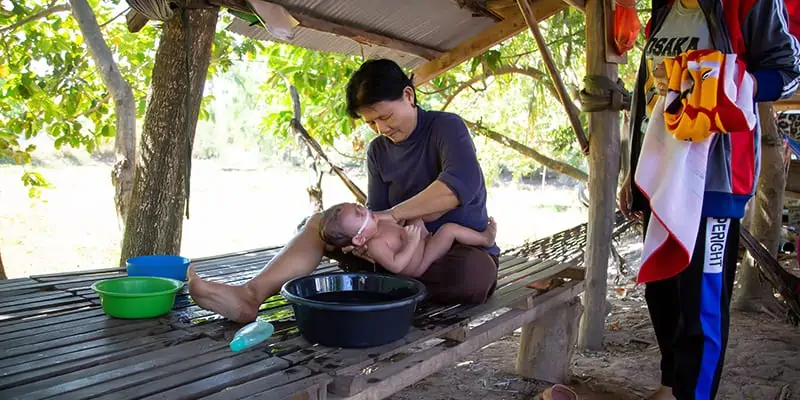
Scientifically it is still not known what causes a cleft lip-palate. A child’s genetic make-up, alcohol abuse during pregnancy, or a high concentration of pesticide or chemical use in the area have shown to increase chances of a cleft, though a definitive answer is unproven (3). Nevertheless, what is widely understood, in the medical and developed world, are the treatment options available for a child. Only a limited number of facilities, including Angkor Hospital for Children, offer the full range of cleft treatment in Cambodia. However, many Cambodians do not have knowledge of these medical treatment options.
In other parts of the world, the many socio-cultural and religious factors at play mean families do not always seek medical treatment. Instead, families often look for guidance from religious leaders and spiritual healers. Studies have shown a wide range of cures offered for a cleft by these healers. They encourage such activities as fasting, giving to charity, venturing on a pilgrimage, and bathing in a sacred river. In South Africa, Hindu healers perform purification and sacrificial ceremonies (4). With no proven health benefit, these cures often replace the scientific basis of modern medicine, when families seek care within these communities.
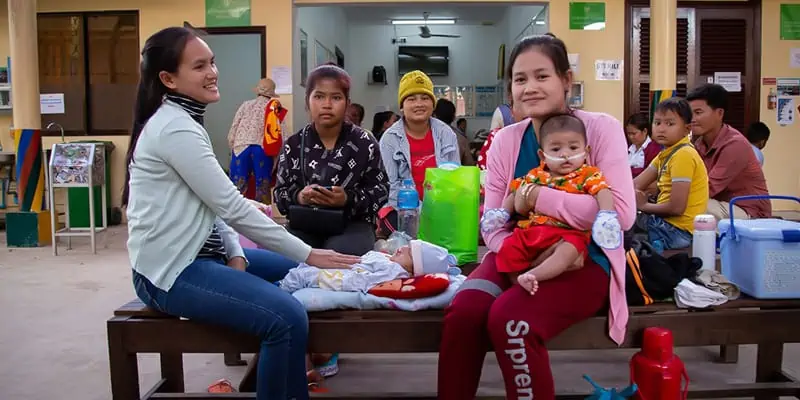
“In Cambodia these beliefs are very harmful to a baby’s health because the parents may not seek treatment. Not only is the physical health of the child impacted by these beliefs, their mental health is also affected. We have even had distressing cases where parents have abandoned their child because they think it is impossible to fix this problem.” – Dim Sophearin, AHC’s Medical Social Work Unit Chief
Without medical treatment, a cleft child cannot feed correctly because their mouth has not formed properly. A cleft also causes major speech and hearing difficulties if left untreated. These children and families are subject to social stigmatisation, ridicule, and discrimination that can have huge impacts on a child’s development and psychological wellbeing. These prejudices affect the parental attachment with the child, leading to increased chances of child abandonment and infanticide.
“It is very hard to change these beliefs. Their beliefs and perceptions are connected to their livelihoods in the community. So we need to use the community’s strength to educate the parents. We have a strong support system with the local community leaders who help dispel harmful misconceptions and educate parents about the importance of medical treatment. We also explain the support system available to them, both in the hospital and their communities. This way we hope our message will spread throughout Cambodia.” – Dim Sophearin, AHC’s Medical Social Work Unit Chief
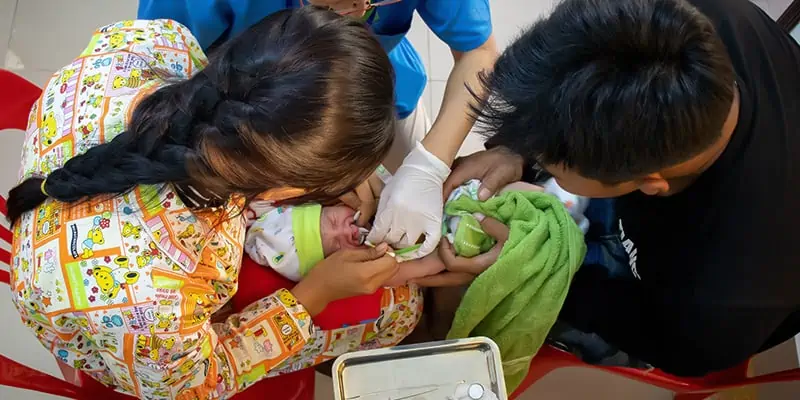
Although a cleft lip-palate is one of the most common birth defects in the world, it is still widely misunderstood and children continue to face radical views and cures to their condition. What is needed is professional medical treatment. AHC provides the range of specialised treatment a cleft lip-palate patient needs to have their cleft fully repaired. Care does not just stop at surgery. Holistic care must include attempts to change misinformed cultural beliefs through educating the broader community.
Our continued mission is to ensure that essential health care for children in Cambodia remains available during this global pandemic – leaving no child unwell.
Reference List:
- http://www.jclpca.org/temp/JCleftLipPalateCraniofacAnomal514-8206194_021646.pdf
- http://www.jclpca.org/article.asp?issn=2348-2125;year=2017;volume=4;issue=2;spage=149;epage=153;aulast=Mandrano
- https://www.ncbi.nlm.nih.gov/pmc/articles/PMC5516429/
- https://www.researchgate.net/publication/5673388_A_Tale_of_Two_Systems_Beliefs_and_Practices_of_South_African_Muslim_and_Hindu_Traditional_Healers_Regarding_Cleft_Lip_and_Palate




